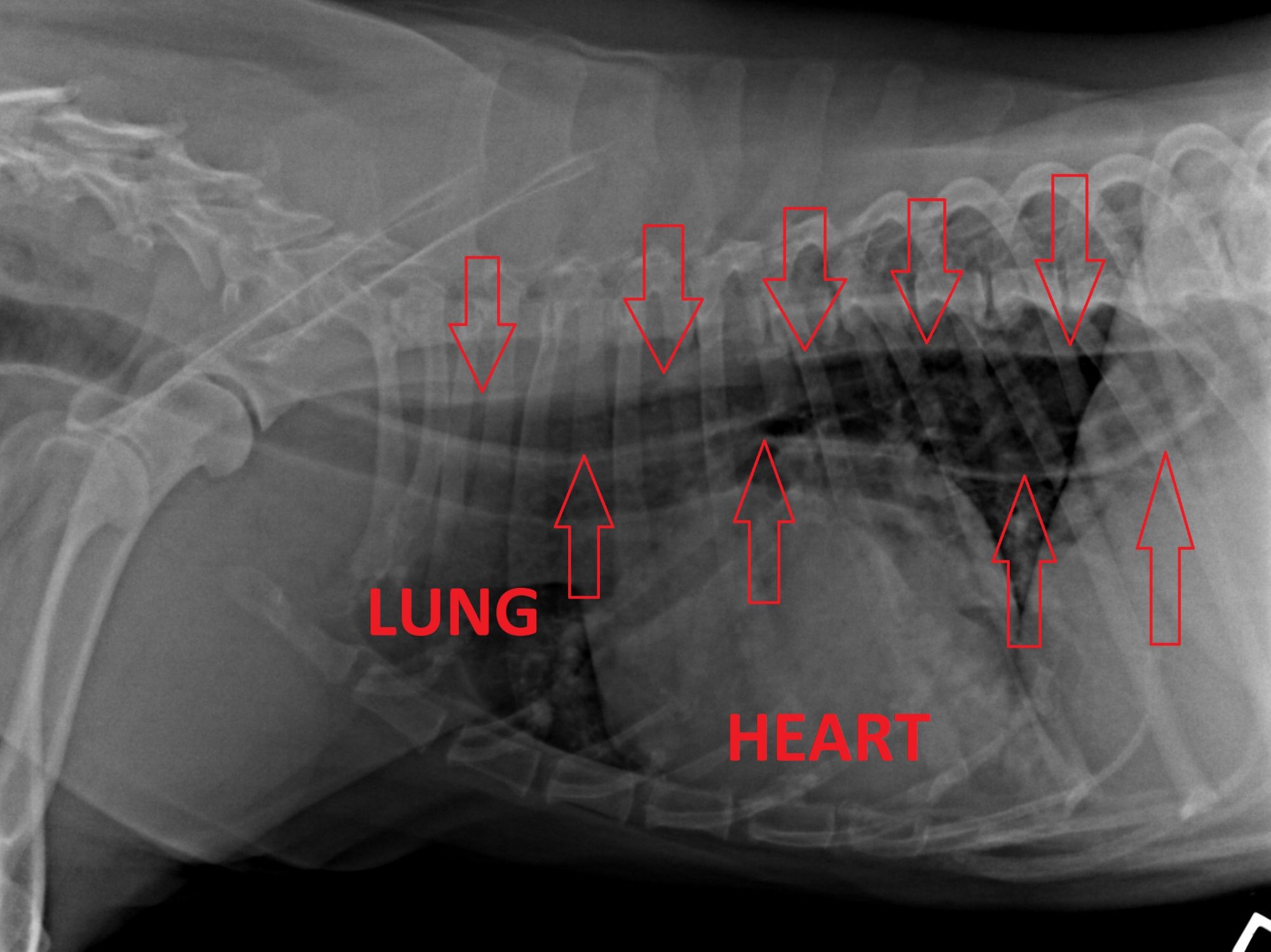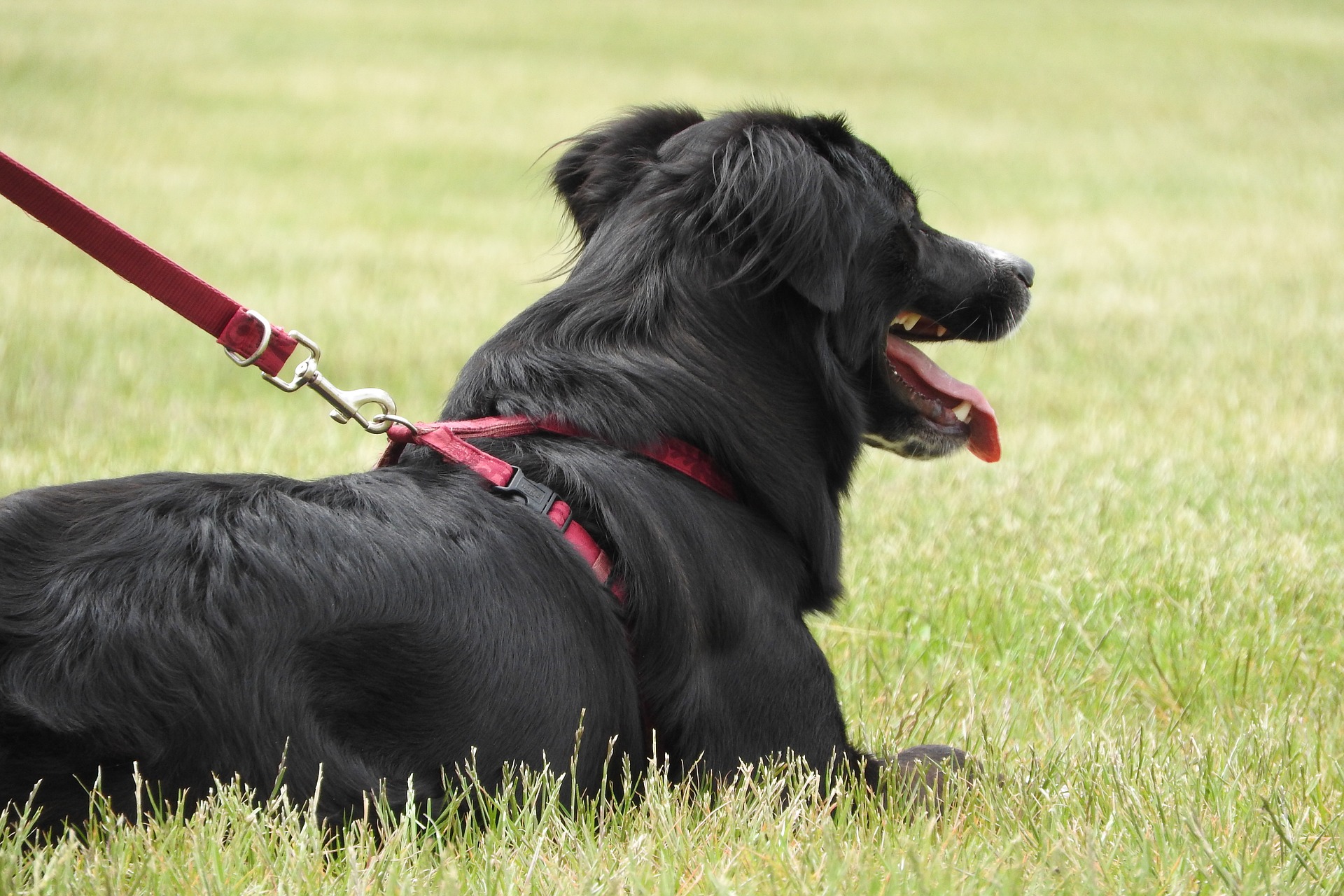Dr. Phil Zeltzman’s Blog
What is GOLPP (Geriatric Onset Laryngeal Paralysis Polyneuropathy)?
We used to believe that laryngeal paralysis was a standalone condition. Recent research shows that it’s a bit more complicated. Laryngeal paralysis is a disease of the nerves (poly-neuropathy) that can sometimes affect other body parts besides the larynx (voice box).

What is GOLPP?
To better describe this complicated disease, it was named Geriatric Onset Laryngeal Paralysis Polyneuropathy (GOLPP in short). GOLPP slowly gets worse over time. It affects dogs developing signs of upper airway obstruction or blockage.
It has been observed in older or geriatric dogs, particularly in Labrador retrievers and other large breed dogs. We now understand that there are 3 main parts to this disease.
* 1st condition: laryngeal paralysis
Affected dogs are most often brought into the hospital because of signs associated with laryngeal paralysis, because it’s the most obvious one and can be life-threatening. It causes dogs to have difficulty breathing, to the point that they can suffocate.
For more information on lar par, click here: Laryngeal paralysis is not a death sentence
* 2nd condition: mega-esophagus
Further questioning may reveal “spitting” up food, sometimes mistaken as vomiting (which is very active, ie lots of effort).

Because there is no effort involved, the condition is called regurgitation. It is due to a malfunction of the esophagus, which is the tube between the mouth and the stomach. It becomes extremely distended (mega-esophagus) and food simply piles up inside, instead of going down into the stomach. When the amount in the esophagus is too much, it’s expelled effortlessly via regurgitation.
This increases the risk of aspiration pneumonia since these dogs have trouble protecting their airways and lungs.
* 3rd condition: back leg weakness
In addition, some dogs develop weakness in their back legs. Sadly, it is often inaccurately blamed on arthritis or old age.
In reality, it really has to do with the same nerve condition. The legs are not well coordinated, and the muscles get weaker over time.
Which breeds are affected by GOLPP?
Most of the research has been done in Labradors. We know for a fact that Labs can get GOLPP. Some authors say that they all get it eventually. I think that it’s a bit more nuanced than that. I don’t think they all get it.
The condition has also been diagnosed in other purebreds and mixed breeds, but there isn’t as much research about them.
What is the treatment of GOLPP?
There is no cure for GOLPP, but there are ways to help each one of its components.
The gold standard to treat laryngeal paralysis is surgery (called a tie back). In good hands, i.e. typically those of an experienced board-certified surgeon, it provides good results as it allows the patient to breathe and function. Despite possible complications, surgery dramatically increases both lifespan and quality of life.
There is no treatment for megaesophagus per se. The dog needs to be fed soft to liquid food, then remain upright for 15 minutes after each meal.
Dogs with weak back legs benefit from slow leash walks and physical therapy to strengthen the muscles.

What should you do if your dog has GOLPP?
As a surgeon who deals with laryngeal paralysis & GOLPP frequently, this is what I tell my clients. Other surgeons may disagree, so please understand this is my personal & professional opinion, based on years of experience.
The best way to help a dog with laryngeal paralysis is surgery (a tie back). Suffocating is a horrifying way to live. Of the 3 different components of GOLPP, lar par is the one that affects quality of life the most, and the only one we can “fix.”
So my (again, personal) philosophy is: fix what can be fixed, and be ready to deal with what cannot be fixed (megaesophagus and weakness). It’s not for everybody. It requires serious love and dedication.
If the dog has megaesophagus at the time of the diagnosis, it still may not preclude performing surgery. It definitely increases the risk of aspiration pneumonia, but several of my most dedicated clients have helped their dogs successfully.
If the dog has a weak backend, at least this part is not life-threatening in the short term. With proper exercise and physical therapy, we can still help these dogs. And chances are, once a weak dog finally gets more oxygen, (s)he might get stronger after a tie back.
Ultimately, by putting together the right treatment plan and the right team, which includes a very loving and dedicated pet owner, affected dogs can maintain a good quality of life.
Phil Zeltzman, DVM, DACVS, CVJ, Fear Free Certified

Dr. Phil Zeltzman is a traveling veterinary surgeon in Pennsylvania & New Jersey. An award-winning author, he loves to share his adventures in practice along with information about vet medicine and surgery that can really help your pets. Dr. Zeltzman specializes in orthopedic, neurologic, cancer, and soft tissue surgeries for dogs, cats, and small exotics. By working with local family vets, he offers the best surgical care, safest anesthesia, and utmost pain management to all his patients. Sign up to get an email when he updates his blog, and follow him on Facebook, too!

